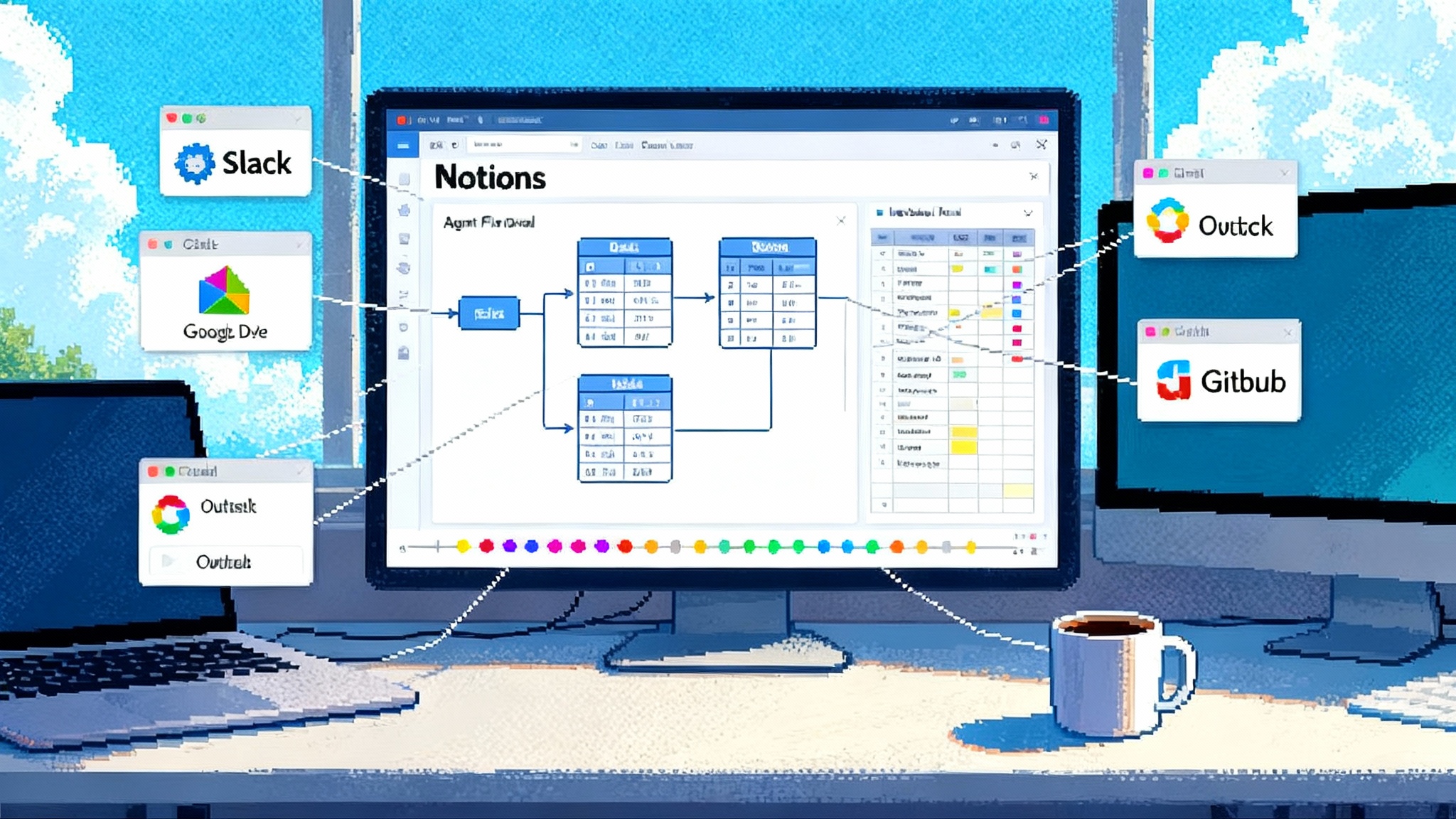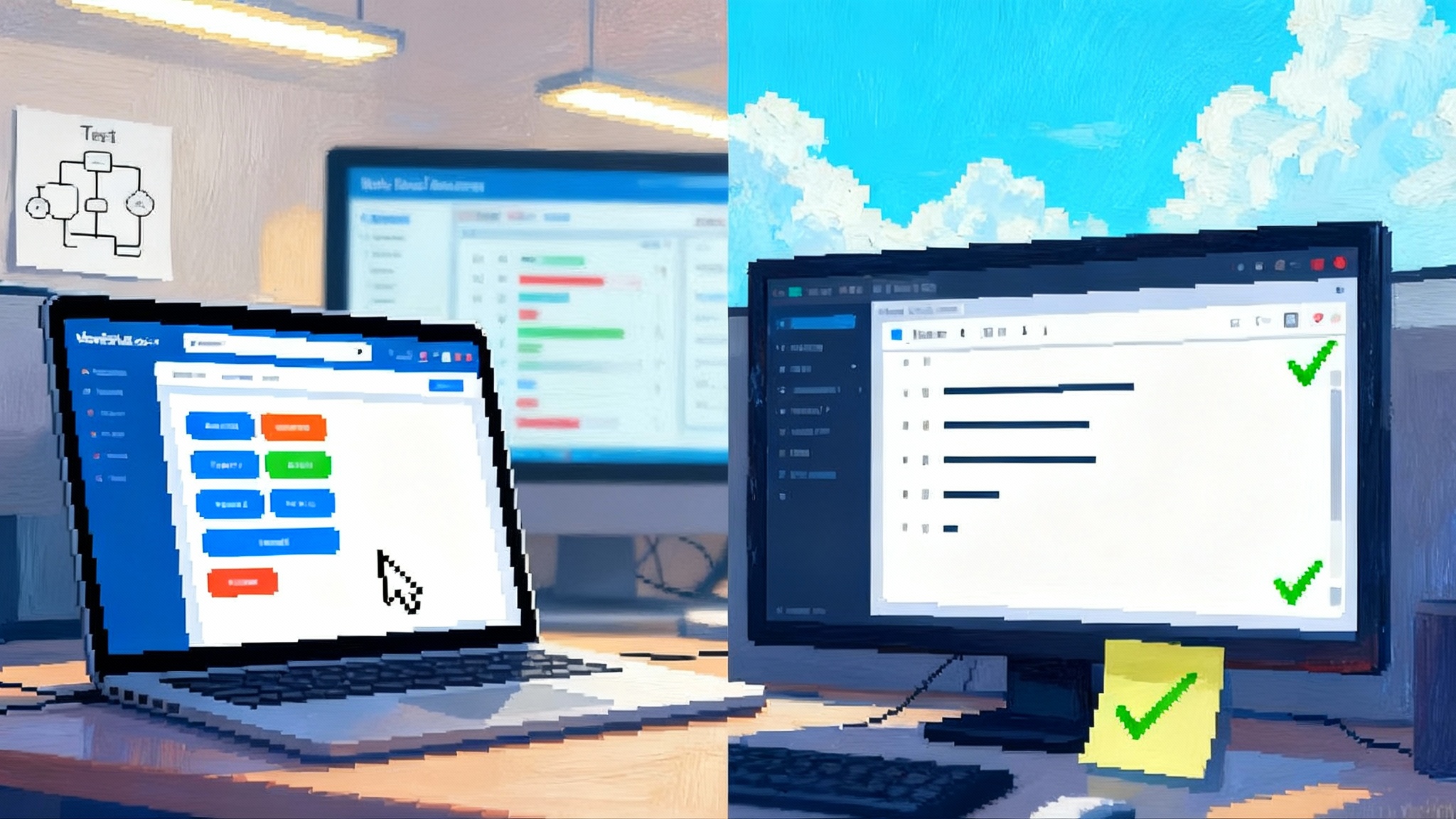Claude Agents Land in Europe: Why EMEA Will Scale Autonomy
Anthropic opened offices in Paris and Munich and shipped Claude Sonnet 4.5, a model built for long-running, computer-use agents. Europe’s regulated giants are positioned to turn these tools into compliance-grade workflows faster than the United States.

Breaking signal: Claude’s agents arrive to a continent built for rules
Anthropic announced new offices in Paris and Munich, a clear statement that the next phase of the agent race will be fought on European ground. The move underscores a simple fact: Europe, the Middle East, and Africa is where safety, compliance, and real operations converge. The company framed the expansion as a response to surging enterprise demand, naming established customers across sectors. For a story that is moving fast, this is the most tangible plot point so far: Anthropic opens Paris and Munich.
At nearly the same time, Anthropic upgraded its flagship model to Claude Sonnet 4.5, designed for long-running work, tool use, and computer use inside actual browsers and software. On paper, it reads like a blueprint for how to move from chat to autonomy. The model brings a large context window, strong planning, and visible step-by-step thinking. It is explicitly positioned for agents that keep going after the first response. Anthropic’s own description is straightforward: Claude Sonnet 4.5 for agents.
Put these two facts together and you get the headline: real autonomy is crossing the Channel and the Rhine. Europe’s regulated industries are ready.
What just changed in practical terms
Two things have matured enough to matter inside real firms:
- Model capability that keeps state over long tasks and uses the same tools humans use. Claude Sonnet 4.5 can browse, operate software through the interface, call tools, and persist steps with context. Think of it as a diligent colleague who can stay late, follow checklists, and leave a trail your auditor can read.
- Local presence that reduces adoption friction. A vendor that can staff account teams in France and Germany, align with data residency needs, and talk to regulators in local context will close deals faster with conservative buyers.
The result is a shift from pilots to production. When an agent can open the procurement portal, read the policy, fill the forms, gather quotes, and attach evidence, the conversation changes from cool demo to measurable throughput. For teams making that leap, the OpenAI AgentKit production playbook is a useful reference.
Why Europe has the edge on compliance-grade autonomy
There is a reason automotive, pharmaceutical, and financial services giants in Europe might become the first to scale agents in day-to-day work.
- Strong precedent for systems of record. European manufacturers and banks have decades of experience documenting every step. Agents that generate their own logs, attach evidence, and produce signatures slot into this culture.
- Clear regulatory reference points. The General Data Protection Regulation sets expectations for consent, data minimization, and auditability. Sector rules in finance, such as capital adequacy and transaction reporting, and pharmaceutical standards around Good Manufacturing Practice and pharmacovigilance, translate directly into agent requirements: traceability, role separation, and reproducibility.
- Enterprise software discipline. Many European firms standardized on structured workflow tools years ago. Agents that can operate those tools as a user, rather than demanding a ground-up rebuild, can start delivering value this quarter.
Security controls are maturing quickly, as outlined in the agent security stack goes mainstream.
From chat to autonomy: the anatomy of a compliance-grade agent
A compliance-grade agent is not a black box that magically completes a task. It is a stack that turns policy into steps, and steps into evidence. Here is a concrete blueprint that teams can apply now:
-
Policy-to-procedure translation
- Inputs: Written policies, standard operating procedures, control libraries, and regulatory obligations.
- Mechanism: Encode rules as checklists and decision trees. Give the agent structured prompts that mirror the policies. Example: A purchase over 50,000 euros requires two quotes, a conflict-of-interest check, and a manager approval. The agent must collect evidence for each item.
-
Tool registry and permissioning
- Inputs: The software the firm already uses, such as enterprise resource planning, customer relationship management, document management, and web portals.
- Mechanism: Create a registry of allowed tools plus the scopes the agent can access. For each tool, define safe actions and forbidden actions. Map roles to separation of duties so no single agent can initiate and approve the same payment.
-
Visible reasoning and checkpoints
- Inputs: Workflows that might run for hours or days.
- Mechanism: Use agents that surface their plan, show intermediate results, and create checkpoints so a human can roll back or hand off. Think of this like version control for decisions. Claude Sonnet 4.5’s orientation toward long-running tasks and memory features are well suited to this pattern.
-
Evidence capture and immutable logging
- Inputs: Every step the agent takes in a portal or document.
- Mechanism: Auto-generate a dossier with screenshots, timestamps, and tool outputs. Store the dossier in a write-once repository, and attach a hash to your case record. When an auditor asks how a supplier was onboarded, the agent’s dossier answers the question without a meeting.
-
Risk controls and human-in-the-loop gates
- Inputs: Materiality thresholds, high-risk vendors, critical code paths.
- Mechanism: Route edge cases to human review before action. Allow the agent to pre-fill all the evidence so the human’s decision takes one minute instead of thirty. A high-risk anomaly in a transaction ledger or a potential adverse event in a safety report should always hit a human gate before the agent proceeds.
-
Post-hoc evaluation and model governance
- Inputs: Logs of actions and outcomes.
- Mechanism: Score every run on quality, cycle time, and rework. Capture false positives and false negatives, then update the policy prompt or tool whitelist. Maintain a model inventory with version numbers, evaluation results, and rollback paths.
This stack is the difference between a flashy assistant and a production teammate.
Sector playbooks: three scenarios you can ship this quarter
Automotive homologation and supplier onboarding
- Task: Prepare homologation packages for a new part and onboard a new supplier.
- Agent plan: Ingest engineering specs, cross-check testing protocols, generate the conformity dossier, capture lab results, and assemble the filing. In parallel, open the supplier portal, request documents, analyze beneficial ownership for sanctions risk, and draft the final approval memo.
- Controls: Threshold for human review at every step that touches safety certification or sanctions flags. Immutable evidence pack attached to the enterprise resource planning record.
- Outcome: Weeks of calendar time collapse into days. Quality increases because the agent never forgets a required exhibit.
Pharmaceutical safety and manufacturing documentation
- Task: Process safety case reports and update manufacturing batch records.
- Agent plan: Triage incoming safety narratives, extract events and outcomes, match to product, and draft the case file. In manufacturing, read sensor logs, compare against batch instructions, and draft the deviation report if limits are breached.
- Controls: Human sign-off on every safety case that reaches defined severity. Role separation so the documentation agent cannot also change controls or release product.
- Outcome: Faster signal detection, cleaner documentation, and a complete audit trail.
Financial services onboarding and surveillance
- Task: Know Your Customer checks, periodic reviews, and trade surveillance triage.
- Agent plan: Read identity documents, cross-check databases, pre-fill the case, and write a rationale aligned to local policy. For surveillance, collect alerts from rules engines, enrich with context, and draft a narrative for investigator review.
- Controls: Hard blocks on account opening if required documents are missing. Human approval on any high-risk classification or account closure.
- Outcome: Lower backlog, consistent rationales, and evidence that stands up to supervisory review.
Why the United States will follow Europe’s lead
American firms will not sit still. But Europe’s head start will come from a different posture toward control and evidence. When European teams operationalize agents inside documented workflows, they will produce a proven playbook: prompts that match policies, logs that satisfy auditors, and performance metrics that let executives commit to scale. That playbook is easy to export. A New York bank or a Detroit automaker can adapt it with local policies and the same agent stack.
Think of Europe as the first factory that figured out how to wire every machine to a central dashboard. Once others saw the throughput and the safety record, the pattern spread.
Implementation checklist for European executives
- Pick two workflows where evidence matters. Examples: supplier onboarding above a monetary threshold, pharmacovigilance case triage, or periodic customer due diligence.
- Build the tool registry. List the portals and apps the agent must use. Decide which actions are allowed. Get credentials from identity and access management with the principle of least privilege.
- Convert policy to structured prompts. Use explicit steps and decision criteria. Create reusable blocks so updates are easy when rules change.
- Instrument everything. Capture screenshots, tool outputs, and timestamps. Store the dossier in an immutable location tied to the case record.
- Set human gates where risk is real. Material thresholds, severity levels, and new counterparties are natural gate points.
- Define success metrics before go-live. Cycle time, rework rate, exception rate, and error severity should be on the dashboard from day one.
- Run a controlled pilot and publish the evidence. Show your board the baseline and the improvement so that funding the next ten workflows is a decision, not a debate.
Technical notes for builders
- Context and memory: Long context windows enable the agent to keep the policy, the case, and the current plan in view. Use memory features to persist steps across sessions, but scope memory to the case to avoid data bleed.
- Durable plans: Require the agent to declare an initial plan, update it when something changes, and summarize after each major step. Persist these summaries as part of the dossier.
- Browser and desktop control: Operate through the same user interfaces humans use. This increases compatibility with legacy systems. It also makes logging straightforward because every step is visible and reproducible. See how ChatGPT Atlas agent mode pushes this UI-first approach.
- Tool safety: Wrap every tool call with allowlists and input validation. If the agent wants to transfer funds, redirect to a human gate and require dual control.
- Cost control: Batch non-urgent work and cache prompts where possible. For long-running tasks, checkpoint often so a failure does not waste a long context window.
What regulators will want to see
- Explainability that matches the policy. A clear record of which clause led to which action.
- Separation of duties. No agent should be able to initiate and approve a sensitive transaction.
- Incident handling. If the agent fails, there is a defined fallback that preserves evidence and prevents partial actions.
- Model governance. Document model versions, evaluations, and changes over time. Keep the ability to roll back.
The better this package, the faster approvals will move, because reviewers can evaluate evidence instead of intentions.
The economic case: why this matters now
Agents that use computers directly unlock work that is currently stuck in backlogs. The economics are straightforward. If your compliance team spends three hours assembling a case, and an agent can draft the case and assemble evidence in ten minutes, the human reviews and signs. Multiply that across thousands of cases and you change headcount plans, backlog risk, and service levels.
This is not about replacing teams. It is about moving people to the judgment calls that matter while the agent handles the repetitive steps and the documentation you would rather not do twice.
Signals to watch over the next ninety days
- Reference customers in automotive supply chains reporting throughput gains in onboarding and testing documentation.
- Banks in Germany and France moving from pilot to production for onboarding and alert triage. Watch for public statements about cycle time reductions and audit outcomes.
- Pharmaceutical manufacturers demonstrating faster deviation handling with complete evidence packs attached to batch records.
- Vendor announcements about native controls for segregation of duties, evidence hashing, and redaction for personal data. These features convert caution into contracts.
A pragmatic conclusion
The story here is not hype. It is a mechanism. Europe has the rules, the muscle memory for evidence, and the enterprise software landscapes that agents can use today. Anthropic’s decision to add Paris and Munich, and to ship a model that can work for hours inside the same tools as your teams, pulls this future forward. The first movers will not just ship agents. They will publish playbooks with prompts, controls, and dashboards that others can adopt. When that happens, the United States will not be far behind.
The smart move is to pick two workflows, build the dossier, and prove it. In a year, the firms that did will be running the same business with fewer backlogs, tighter controls, and clearer audits. The rest will be reading their case studies and catching up.








